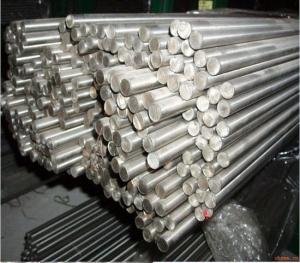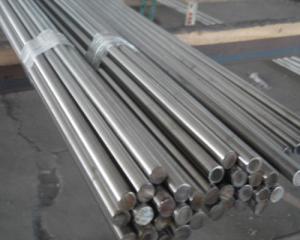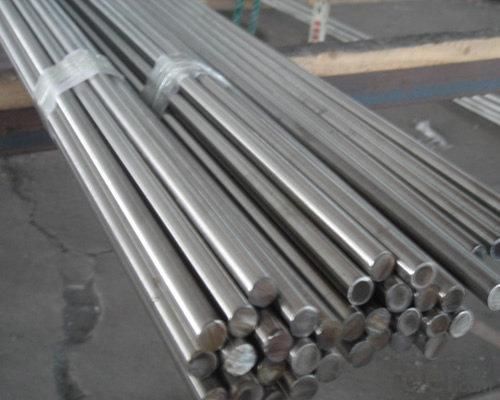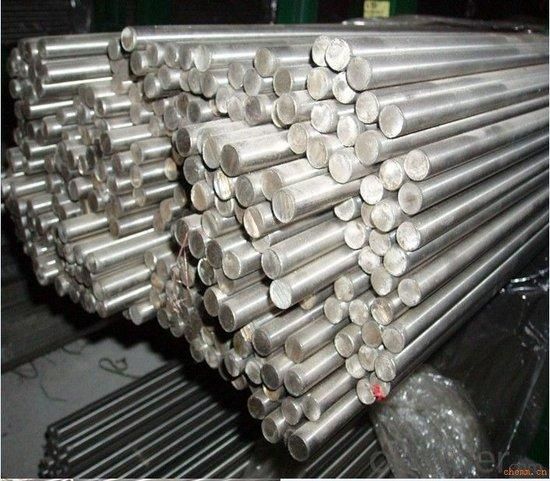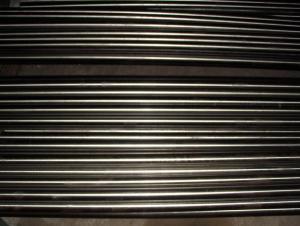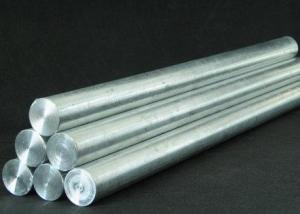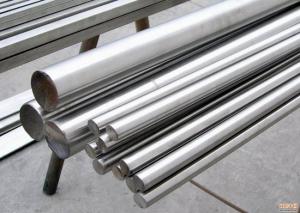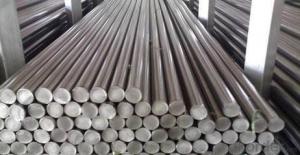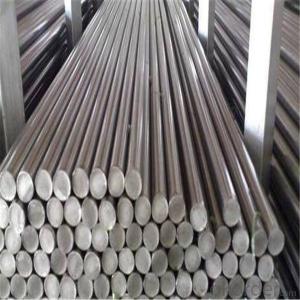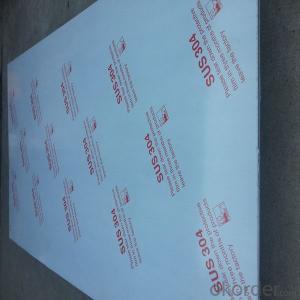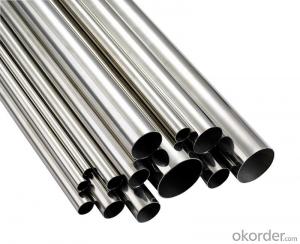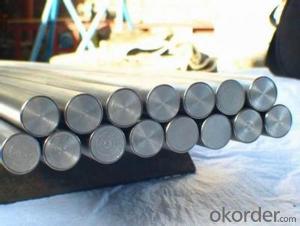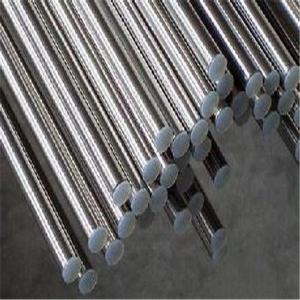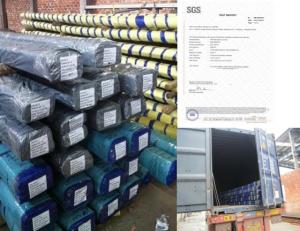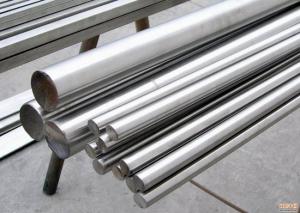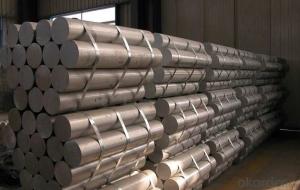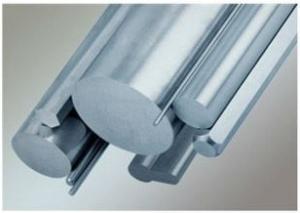321 Stainless Steel Bar
- Loading Port:
- China Main Port
- Payment Terms:
- TT or LC
- Min Order Qty:
- 5 Tons m.t.
- Supply Capability:
- 1000 Tons Per Month m.t./month
OKorder Service Pledge
OKorder Financial Service
You Might Also Like
Stainless Steel Bar
Stainless Steel Round Bright Bar
Hot-rolled Stainless Steel Black Bar
Grades:201、202、301、302、303、304、316、316L、321 etc
|
Diameter (mm) |
weight (kg/m) |
Diameter (mm) |
weight (kg/m) |
Diameter (mm) |
weight (kg/m) |
Diameter (mm) |
weight (kg/m) |
|
2 |
0.025 |
14 |
1.221 |
30 |
5.607 |
50 |
15.575 |
|
3 |
0.056 |
15 |
1.402 |
32 |
6.38 |
55 |
18.846 |
|
4 |
0.1 |
16 |
1.595 |
34 |
7.202 |
60 |
22.428 |
|
5 |
0.156 |
18 |
2.019 |
35 |
7.632 |
65 |
26.322 |
|
6 |
0.224 |
19 |
2.249 |
36 |
8.074 |
70 |
30.527 |
|
7 |
0.305 |
20 |
2.492 |
38 |
8.996 |
75 |
35.044 |
|
8 |
0.399 |
22 |
3.015 |
40 |
9.968 |
80 |
39.872 |
|
9 |
0.505 |
24 |
3.588 |
42 |
10.99 |
85 |
45.012 |
|
10 |
0.623 |
25 |
3.894 |
45 |
12.616 |
90 |
50.463 |
|
11 |
0.754 |
27 |
4.542 |
46 |
13.183 |
95 |
56.226 |
|
12 |
0.897 |
28 |
4.884 |
48 |
14.354 |
100 |
62.3 |
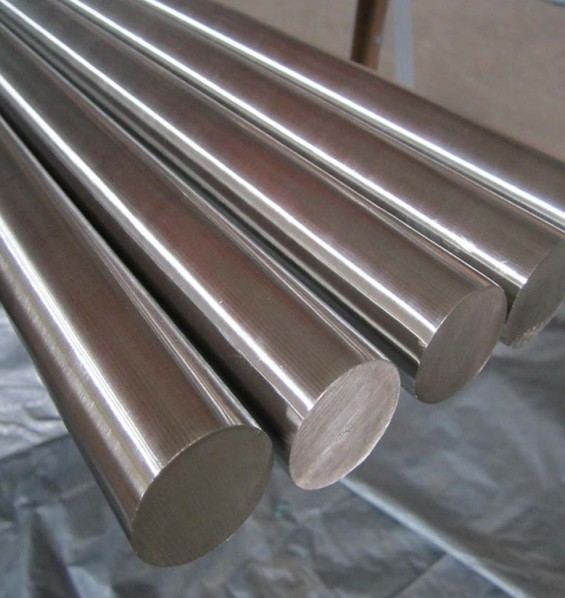
- Q: What are the different types of stainless steel bar alloys?
- There exist various stainless steel bar alloys, each possessing its own distinct composition and characteristics. Some of the most prevalent varieties are as follows: 1. Austenitic stainless steel: This particular type of stainless steel bar alloy is widely utilized due to its exceptional corrosion resistance and high ductility. It is enriched with elevated levels of chromium and nickel, which grant it a shiny appearance and shield it against rust and staining. Moreover, it offers commendable strength and toughness, rendering it suitable for a diverse range of applications. 2. Ferritic stainless steel: Comprised primarily of chromium with low to moderate amounts of carbon, this stainless steel bar alloy exhibits a ferritic crystal structure. Consequently, it displays commendable corrosion resistance and high-temperature strength. It is commonly employed in automotive exhaust systems, heat exchangers, and appliances. 3. Martensitic stainless steel: These stainless steel bar alloys are renowned for their superior strength and hardness, making them ideal for wear-resistant and durable applications. Possessing a martensitic crystal structure and higher carbon content compared to other stainless steel types, they are frequently employed in cutlery, surgical instruments, and turbine blades. 4. Duplex stainless steel: This particular stainless steel bar alloy boasts a mixed microstructure comprising both austenitic and ferritic stainless steels. Consequently, it combines the desirable properties of both types, including good corrosion resistance, high strength, and excellent resistance to stress corrosion cracking. It finds application in chemical processing, oil and gas exploration, and marine environments. 5. Precipitation-hardening stainless steel: Also referred to as PH stainless steel, this alloy can be hardened through precipitation hardening, a specific process. It encompasses alloying elements such as copper, aluminum, or titanium, which form precipitates that enhance the material's strength. Precipitation-hardening stainless steel is employed in aerospace components, high-performance springs, and other applications necessitating high strength and corrosion resistance. It is crucial to carefully select the appropriate stainless steel bar alloy for a given application, considering factors such as corrosion resistance, strength, temperature resistance, and cost.
- Q: Do stainless steel bars require any post-weld treatments?
- Yes, stainless steel bars often require post-weld treatments to ensure their durability and corrosion resistance. While stainless steel is known for its inherent resistance to corrosion, the welding process can alter its properties and create areas of sensitization. Sensitization occurs when the heat from welding causes the formation of chromium carbide precipitates, depleting the steel's chromium content and making it susceptible to corrosion. To prevent sensitization and restore the stainless steel's corrosion resistance, various post-weld treatments can be applied. One commonly used treatment is called solution annealing, which involves heating the stainless steel to a specific temperature and then rapidly cooling it. This process helps dissolve the chromium carbide precipitates, redistributing the chromium evenly throughout the material. Another post-weld treatment is passivation, which involves the application of a chemical solution to the stainless steel surface. Passivation removes any iron contaminants and forms a protective oxide layer on the metal, enhancing its resistance to corrosion. The specific post-weld treatments required for stainless steel bars can vary depending on the grade and intended application of the material. It is important to consult with welding experts or follow the manufacturer's recommendations to determine the appropriate post-weld treatments for stainless steel bars to ensure their optimal performance and longevity.
- Q: What are the applications of round stainless steel bars?
- Round stainless steel bars have a wide range of applications due to their strength, corrosion resistance, and versatility. They are commonly used in the construction industry for structural support, as well as in automotive and aerospace industries for manufacturing components. Additionally, round stainless steel bars are used in the production of machinery, equipment, and appliances. Their durability and ability to withstand high temperatures make them suitable for applications in the food and beverage industry, such as in the production of kitchen utensils, cookware, and food processing equipment. Overall, round stainless steel bars are essential in various industries where strength, corrosion resistance, and reliability are crucial.
- Q: Do stainless steel bars have good resistance to oxidation?
- Yes, stainless steel bars have good resistance to oxidation.
- Q: Can stainless steel bars be used in the food and beverage aftermarket?
- Yes, stainless steel bars can be used in the food and beverage aftermarket. Stainless steel is a popular material in the industry due to its hygienic properties, corrosion resistance, and ease of cleaning. Stainless steel bars are commonly used in the construction of food processing equipment, storage tanks, and various kitchen utensils.
- Q: Can stainless steel bars be painted or coated?
- Yes, stainless steel bars can be painted or coated. However, it is important to properly prepare the surface by cleaning and degreasing it before applying any paint or coating. Additionally, it is recommended to use specific paints or coatings that are suitable for stainless steel to ensure long-lasting adhesion and protection.
- Q: How do stainless steel bars compare to aluminum bars?
- Stainless steel bars and aluminum bars are two popular materials used in various industries for different applications. When comparing stainless steel bars to aluminum bars, several factors should be considered, including strength, corrosion resistance, durability, cost, and versatility. In terms of strength, stainless steel bars typically offer higher tensile strength and hardness compared to aluminum bars. This makes stainless steel bars more suitable for applications that require robust and durable materials, such as structural supports, heavy machinery, and construction projects. Aluminum bars, on the other hand, have lower tensile strength but are lighter in weight, which makes them ideal for applications where weight reduction is crucial, such as aerospace components or transportation industries. In terms of corrosion resistance, stainless steel is highly resistant to rust, stains, and corrosion due to its chromium content. This makes stainless steel bars suitable for outdoor or marine applications, where exposure to moisture and harsh weather conditions is common. Aluminum bars, while relatively corrosion-resistant, can still corrode when exposed to certain environments, requiring protective coatings or treatments to enhance their durability. Durability is another important aspect to consider. Stainless steel bars have excellent durability and can withstand extreme temperatures, heavy loads, and impact, making them suitable for demanding environments. Aluminum bars have good durability but may be more susceptible to deformation or bending under heavy loads. Cost is a significant factor to consider when choosing between stainless steel bars and aluminum bars. Generally, stainless steel bars are more expensive than aluminum bars due to their higher production costs and material properties. However, the longevity and robustness of stainless steel may offset the initial cost difference in the long run, especially in applications where durability and resistance to corrosion are crucial. Lastly, versatility is an essential factor to consider. Stainless steel bars come in various grades and finishes, allowing them to be tailored to specific applications. They can be easily welded, machined, and fabricated, making them suitable for a wide range of industries. Aluminum bars, on the other hand, are lightweight and easy to work with, making them ideal for applications that require flexibility, such as decorative or architectural projects. In conclusion, stainless steel bars and aluminum bars have their own strengths and weaknesses. Stainless steel bars offer superior strength, corrosion resistance, and durability, making them suitable for heavy-duty applications. Aluminum bars, on the other hand, are lighter in weight and more cost-effective, making them ideal for applications where weight reduction is crucial. Ultimately, the choice between stainless steel bars and aluminum bars depends on the specific requirements of the application and the desired properties needed for the project.
- Q: Can stainless steel bars be used in the manufacturing of furniture?
- Yes, stainless steel bars can be used in the manufacturing of furniture. Stainless steel is a versatile and durable material that is often used in various industries, including furniture manufacturing. It offers a sleek and modern look, making it ideal for contemporary furniture designs. Stainless steel bars can be used to create sturdy and stable frames for tables, chairs, and other furniture pieces. They can be shaped and welded to form intricate and unique designs. Additionally, stainless steel is resistant to corrosion and staining, making it suitable for both indoor and outdoor furniture. Furthermore, stainless steel is easy to clean and maintain, ensuring the longevity and aesthetic appeal of the furniture.
- Q: Are stainless steel bars suitable for offshore platforms?
- Yes, stainless steel bars are suitable for offshore platforms. Stainless steel offers excellent resistance to corrosion, making it a preferred material in harsh marine environments. It provides durability, strength, and reliability, making it suitable for various structural components and equipment on offshore platforms. Additionally, stainless steel's low maintenance requirements and long lifespan further contribute to its suitability for offshore applications.
- Q: Are stainless steel bars resistant to high temperatures?
- Yes, stainless steel bars are highly resistant to high temperatures. They can withstand and maintain their structural integrity even at elevated temperatures, making them suitable for various applications that involve heat exposure.
1. Manufacturer Overview
| Location | Wuxi,China |
| Year Established | 2003 |
| Annual Output Value | Above US$8.3 Million |
| Main Markets | SouthEast Asia |
| Company Certifications | ISO9001:2000 |
2. Manufacturer Certificates
| a) Certification Name | |
| Range | |
| Reference | |
| Validity Period |
3. Manufacturer Capability
| a) Trade Capacity | |
| Nearest Port | Shanghai |
| Export Percentage | 30% |
| No.of Employees in Trade Department | 30 People |
| Language Spoken: | English;Chinese |
| b) Factory Information | |
| Factory Size: | Above21,000 square meters |
| No. of Production Lines | Above 7 |
| Contract Manufacturing | OEM Service Offered;Design Service Offered |
| Product Price Range | Average |
Send your message to us
321 Stainless Steel Bar
- Loading Port:
- China Main Port
- Payment Terms:
- TT or LC
- Min Order Qty:
- 5 Tons m.t.
- Supply Capability:
- 1000 Tons Per Month m.t./month
OKorder Service Pledge
OKorder Financial Service
Similar products
Hot products
Hot Searches
Related keywords
